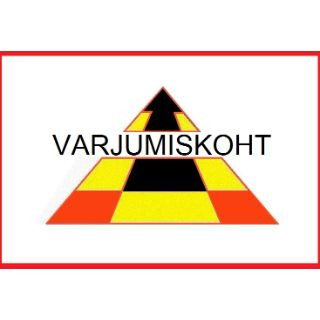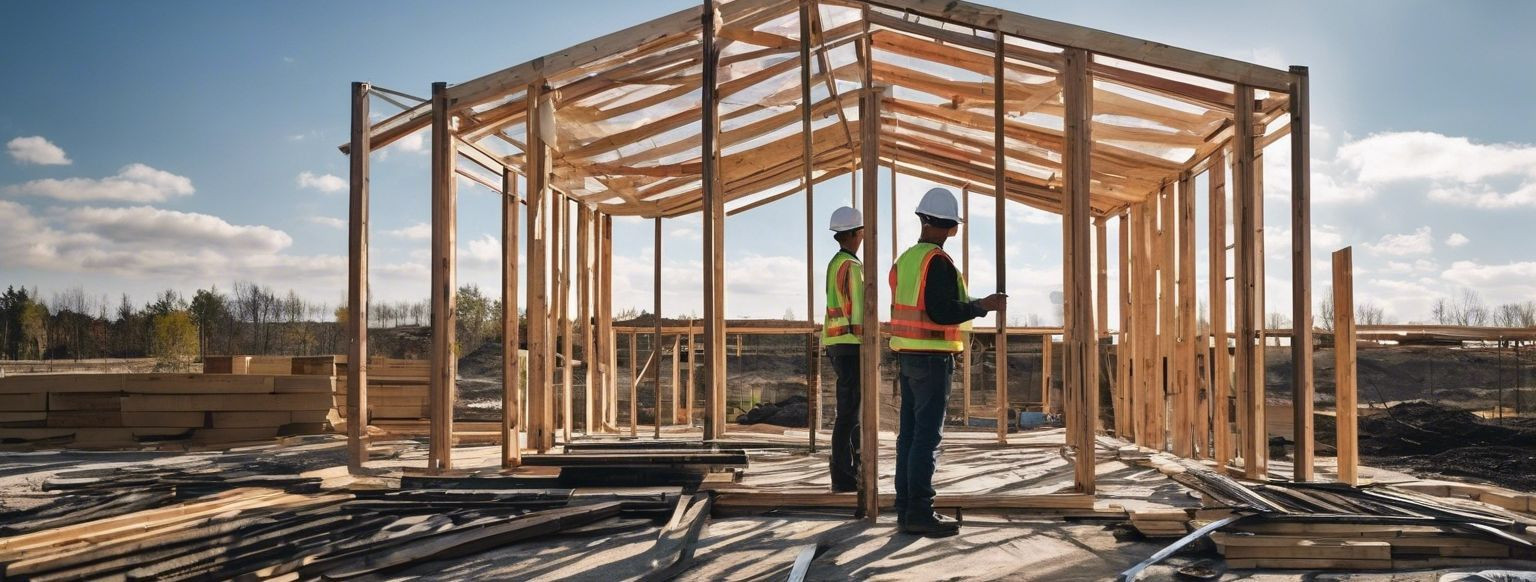The importance of shelter safety in modern communities
In the face of increasing natural disasters and emergencies, the importance of shelter safety in modern communities cannot be overstated. Shelters serve as critical havens that protect individuals and families during times of crisis. Ensuring these structures are safe, accessible, and well-equipped is paramount for the well-being of communities worldwide.
The Role of Shelters in Modern Communities
Shelters come in various forms, including community centers, schools, and specially designed emergency shelters. Each type serves a unique purpose, from providing temporary refuge during storms to offering long-term housing solutions in the aftermath of disasters.
Shelters are integral to emergency preparedness plans. They offer a safe space for individuals to gather, receive aid, and access essential services. In times of crisis, shelters can significantly reduce the risk of injury and loss of life, making them a vital component of any community's emergency response strategy.
Key Elements of Shelter Safety
The foundation of any safe shelter is its structural integrity. Buildings must be designed and constructed to withstand the specific hazards they may face, such as earthquakes, floods, or hurricanes. Regular inspections and maintenance are crucial to ensure these structures remain sound over time.
Shelters must be accessible to all members of the community, including those with disabilities or special needs. This includes ensuring entrances, exits, and facilities are designed to accommodate everyone, promoting inclusivity and safety for all.
A well-equipped shelter should have an ample supply of food, water, medical supplies, and other essentials to support occupants during an emergency. Additionally, shelters should be equipped with emergency equipment such as generators, first aid kits, and communication devices.
Effective communication systems are vital for coordinating emergency response efforts and keeping shelter occupants informed. This includes having reliable means of communication with local authorities, emergency services, and the community at large.
Challenges in Maintaining Shelter Safety
One of the primary challenges in maintaining shelter safety is securing adequate funding and resources. Budget constraints can limit the ability to perform necessary upgrades, inspections, and maintenance, potentially compromising the safety of the shelter.
As technology evolves, shelters must adapt to incorporate new systems and equipment that enhance safety and efficiency. Keeping up with these advancements can be challenging, particularly for communities with limited resources.
Raising awareness and educating the community about the importance of shelter safety is crucial. This includes training individuals on how to use shelter facilities, understanding emergency protocols, and recognizing the signs of structural issues.
Strategies for Enhancing Shelter Safety
Conducting regular inspections and maintenance is essential for identifying and addressing potential safety hazards. This proactive approach helps ensure shelters remain safe and functional when needed most.
Working closely with experts and local authorities can provide valuable insights and resources for improving shelter safety. This collaboration can lead to the development of more effective safety protocols and emergency response plans.
Embracing innovative technologies can significantly enhance shelter safety. From advanced building materials to state-of-the-art communication systems, technology can play a pivotal role in creating safer, more resilient shelters.
Engaging the community and providing training on shelter safety can empower individuals to take an active role in emergency preparedness. This includes organizing drills, workshops, and informational sessions to ensure everyone is prepared and informed.






Comments (0)